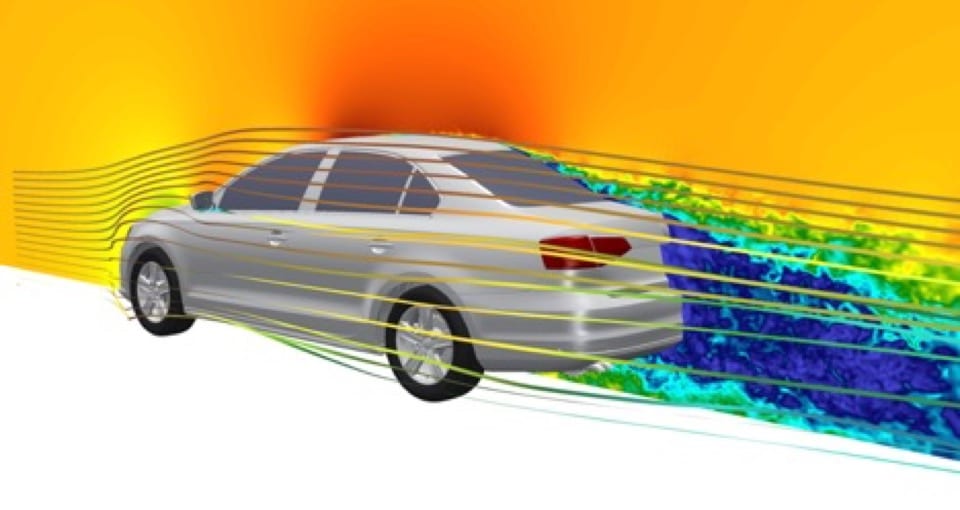Thanks to GPUs, practical vehicle design doesn’t have to be boring.
Last month, Volkswagen used the latest in simulation and compute technologies to tailor its design process for both fuel efficiency and style.
Striking the elusive balance between form and function called for a collaborative effort. Altair, a global technology company, developed a computational fluid dynamics (CFD) solver using NVIDIA GPUs running on Amazon Web Services’ cloud, allowing the automaker to test the aerodynamics of vehicle designs in simulation.
With a GPU-based system, Volkswagen could save up to 70 percent of its hardware costs, according to Altair. And it could execute design cycles in a fraction of the time it currently takes to simulate and measure aerodynamics.
This makes it possible to design for both fuel efficiency and design elements simultaneously.
Clean Lines, Cleaner Emissions
To help curb overall emissions, the auto industry is working toward improving fuel efficiency across their lineups. By next year, the U.S. Environmental Protection Agency mandates that automakers’ average fuel efficiency of their entire fleet must be 36.9 miles per gallon or higher.
While breakthroughs in hybrid and battery electric vehicle technology have helped move the industry toward these greener targets, other strategies are helping extend the time between trips to the pump.
Primary among these is aerodynamics. By improving the way a vehicle moves through the air (reducing the coefficient of drag), automakers can save significantly on fuel usage.
However, an aerodynamic design doesn’t always agree with style and function. Think of a racecar, which relies on exceptional aerodynamics for speed, but may not make for the most comfortable daily commute.
Testing in the Virtual World
Simulation has become a powerful tool for automakers to test out new designs and technology before a new model hits the road. However, many traditional forms of design simulation can be slow to implement, making it harder to successfully engineer for optimized aerodynamics and style at the same time.
With Altair’s ultraFluidX CFD offering, Volkswagen solved some of the major hurdles to designing sleek new vehicles efficiently.
The automaker trialed the collaborative system on one of its most popular models, the Volkswagen Jetta. The CFD solver — which leverages NVIDIA V100 Tensor Core GPUs in the cloud — made it possible to predict aerodynamic performance in real time. This in turn accelerated the design simulation process and the ability to test out a variety of designs faster.
“We were able to run 200 car shape variants in a time frame that would normally correspond to only a few runs with our current operational tools,” said Henry Bensler, head of computer-aided engineering at Volkswagen Group Research.
With the performance of GPU technology, Volkswagen engineers were able to improve their simulation results, producing impressive robustness and efficiency, without sacrificing style.
To learn more about the vehicle design trial, read the full case study here.
